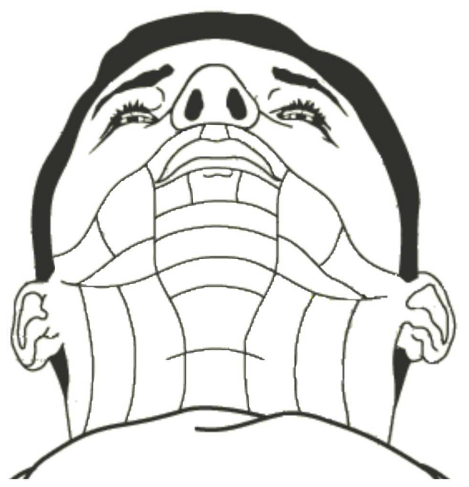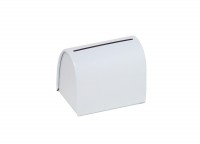The problem of shaving irritation can often be solved once you have identified what is causing the irritation. Below we outline some common problems and solutions.
Improper Technique
The art of shaving is rarely passed down from father to son these days. Instead, young men find themselves in a department store picking up a disposable or re-loadable razor and a can of lather then go home and do the best they can to remove the unwanted stubble. It doesn’t always work out so well. Here’s what you need to keep in mind when shaving.
After a shower is the best time to shave because the hot water will help to soften and swell the stubble. The increased circulation in the skin will also help the stubble to stand a little more upright giving a better chance that you will cut straight through rather than snag and tear the hair. You can also encourage the stubble to stand more vertically by pulling the skin in the opposite direction than the stubble appears to grow toward. If your shower time doesn’t conveniently fall right before your shave you can always prepare your skin and stubble with a warm face cloth. A pre-shave regimen might also include treating dry and chapped skin with a special tonic. Consider applying a pre-shave oil to improve glide and enhance comfort.
Now that your face is prepped it is time to apply some lather. Never shave without lather. A shaving lather is intended to provide glide for the razor to pass over the skin thus reducing irritation as well as reducing the risk of “skipping” where the blade is likely to cut when it lands back on the skin. A lather also provides buffer to keep the stubble raised as you shave as well as carry the cut stubble away from the face so it doesn’t block the razor’s edge as you continue to shave. An effective shave consists of short overlapping strokes made in the direction of hair growth (“with the grain”). Generally speaking, facial growth tends to grow downward and inward toward the Adam’s apple, and upward and inward from the lower neck to the Adam’s apple. Whorls are common, and the direction of hair growth may not be symmetrical from one side of the face and neck to the other. Observe and take note of the direction your stubble grows. Shave only in the direction of growth. Rinse well and check your results. If you need or desire another pass to further reduce the stubble, don’t forget to apply lather first. It’s worth repeating – never shave without lather. The less sensitive your skin is to shaving, the more closely you will be able reduce your stubble. To achieve that “baby’s bottom smooth” result you might shave your second pass in the opposite direction as the first pass. This is called shaving “against the grain”. If this is too aggressive for your sensitive skin you might try adjusting your angle of attack to somewhere in the middle, which means directing your strokes at about 90 degrees from the direction of growth, or “across the grain”. If sensitivity is a big issue for you, simply conduct your second pass the same as the first. You will still cut that little bit more stubble for a closer shave. Rinse well and check your results. Apply lather to and shave the areas you wish to touch up then rinse well. Finally, rinse with some cold water to close the pores, dry the skin with a towel (avoid rubbing), then apply after-shave to calm and soothe the skin. After-shave balms are recommended for winter and dry skin while tonics are appropriate for oily skin and summer. Chose a tonic with low or no alcohol content if you are extremely sensitive. While alum (potassium aluminium) is great for treating minor nicks and cuts it can also substitute as an after-shave since it is both an astringent and antiseptic.
Incompetent Lather
Canned lather is convenient but not very good for your skin. Some lathers, especially gels often contain numbing agents to counter their shortcomings. Unfortunately, the numbing fades away and you’re left with irritation. These kinds of products are often referred to as “dry shaving” products since they don’t require water. The product reacts with the atmosphere as it leaves the can and quickly turns into a lather like substance. Wet shaving, on the other hand requires water. Wet shaving creams produce lather when you infuse water into the concentrated product. A shaving brush is the tool of choice for generating a profuse, luxurious lather but many wet shaving creams can be applied by hand as well. It is very much worth the 20 seconds or so to work up an awesome lather using a shaving brush. The gentle massage and mild exfoliation of the shaving brush action on the skin is a wonderful side effect that may leave your skin looking and feeling more youthful and invigorated. Once you own a shaving brush you are free to go beyond shaving cream and try a shaving soap. Shaving soaps typically provide even better glide than shaving creams.
Incorrect Tool
A multi-blade razor can protect you similarly to how a bed of nails works. By aligning multiple blades close together the manufacturer can help reduce the likeliness of nicks and cuts. The encasement of the blades also provides support to this end. In terms of friction, though, many blades means much friction and that friction is the source of irritation for many men. Some cartridge designs include a strip on the leading edge that is impregnated with shaving oil to help reduce that friction. By design, multi-blade razors lift the hair with each blade as the blade behind it is expected to cut and further lift and cut the stubble. This design can result in torn rather than neatly cut stubble resulting in a less than even shave. If the stubble is lifted too much it could end up trapped under the skin and reveal what are referred to as “shaving bumps”. If the hair is unable to break through the skin it can become “ingrown” which can lead to infection. If this is your typical shave then you might consider reducing the number of blades in your razor. A quality safety razor uses a single blade to slice away unwanted hair. No gimmicks. No lifting. No pulling. They are a simple tool that gets the job done and when used properly gets the job done quite comfortably indeed. If the switch to a wet shaving cream doesn’t solve your irritation problem, a switch to a safety razor just might do the trick. For the price of a package of premium razor cartridges you could own a quality safety razor that can last a lifetime. Replacement blades for safety razors are quite inexpensive. You can shave with less irritation for less money for the rest of your life. In terms of comfort and cash savings, it’s a win-win.
Drop in at Fate Salon and talk with Mike the barber to learn about options that are likely to improve your shave. The barbering section displays many popular products for you to chose from. You can even order online and pick up at the salon.
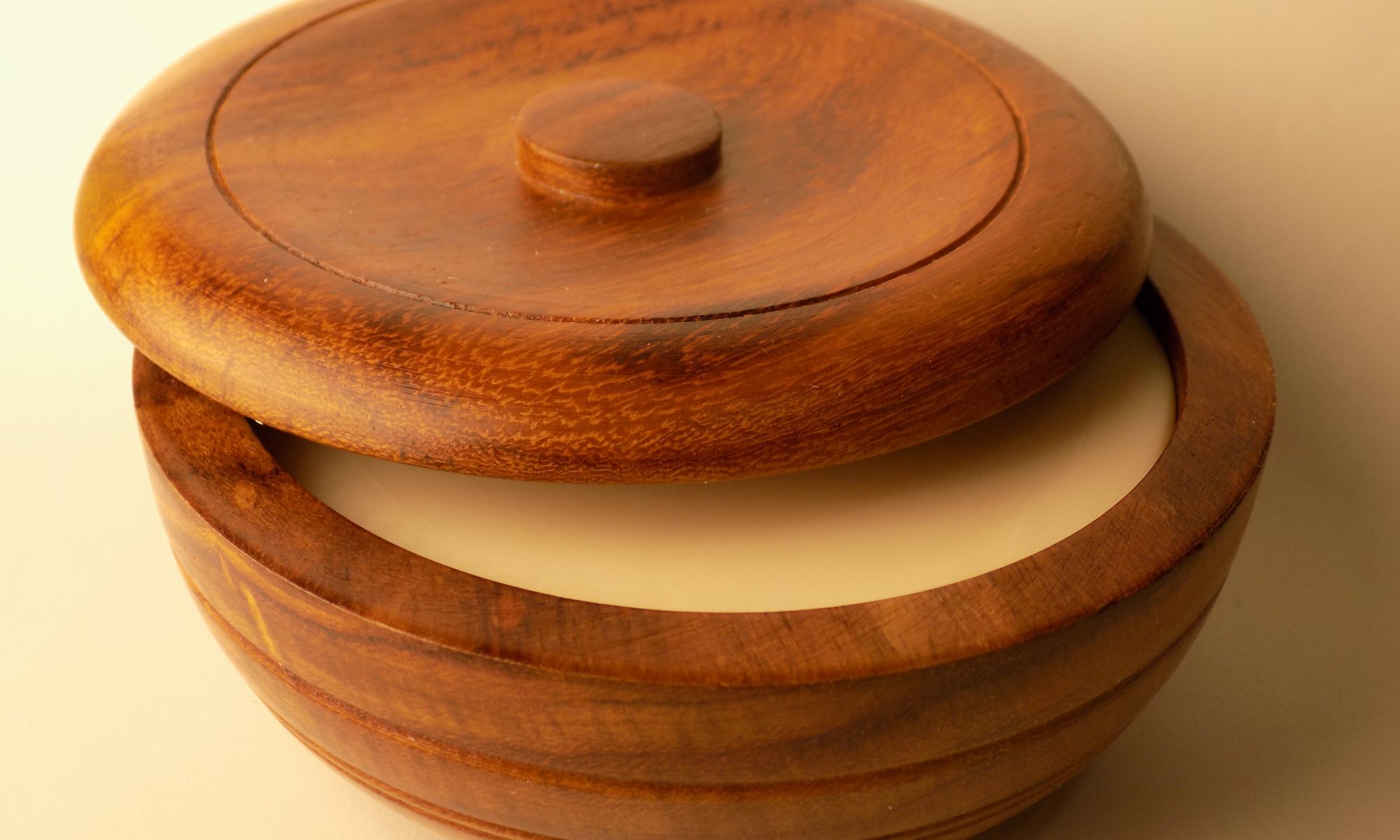
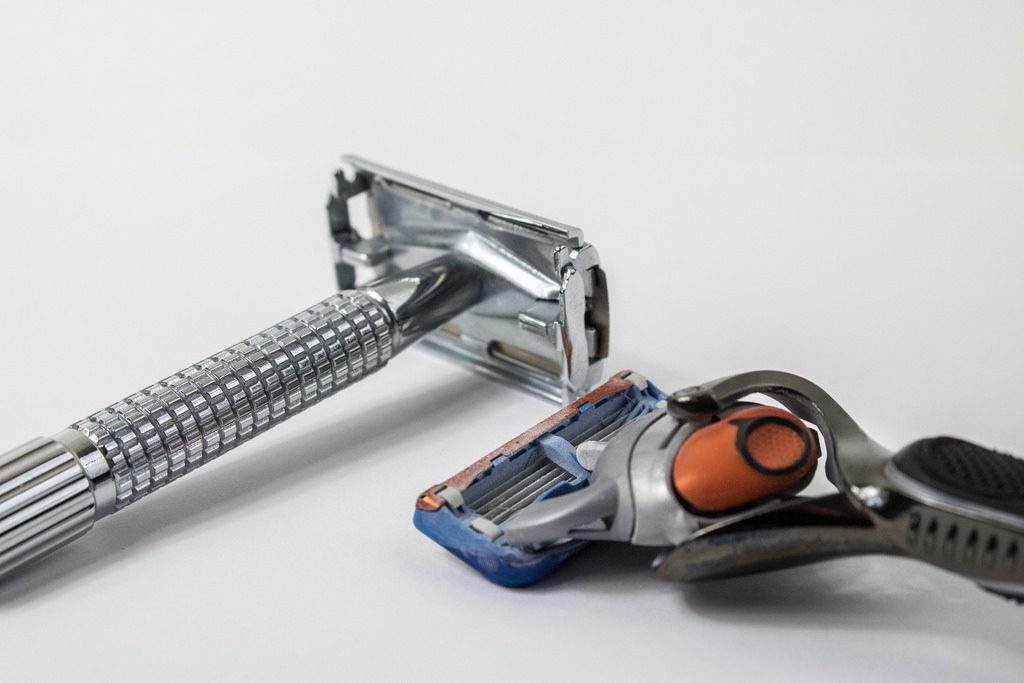
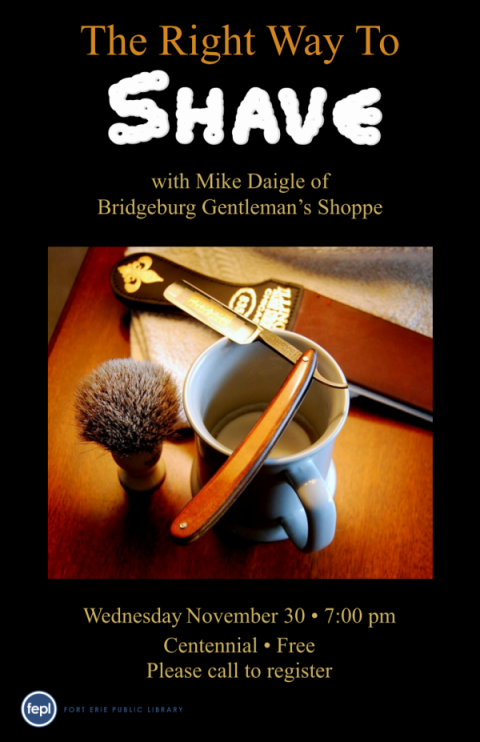 Our goal to help men discover a love of shaving came a long way last year at our “The Right Way to Shave” workshop at
Our goal to help men discover a love of shaving came a long way last year at our “The Right Way to Shave” workshop at 
